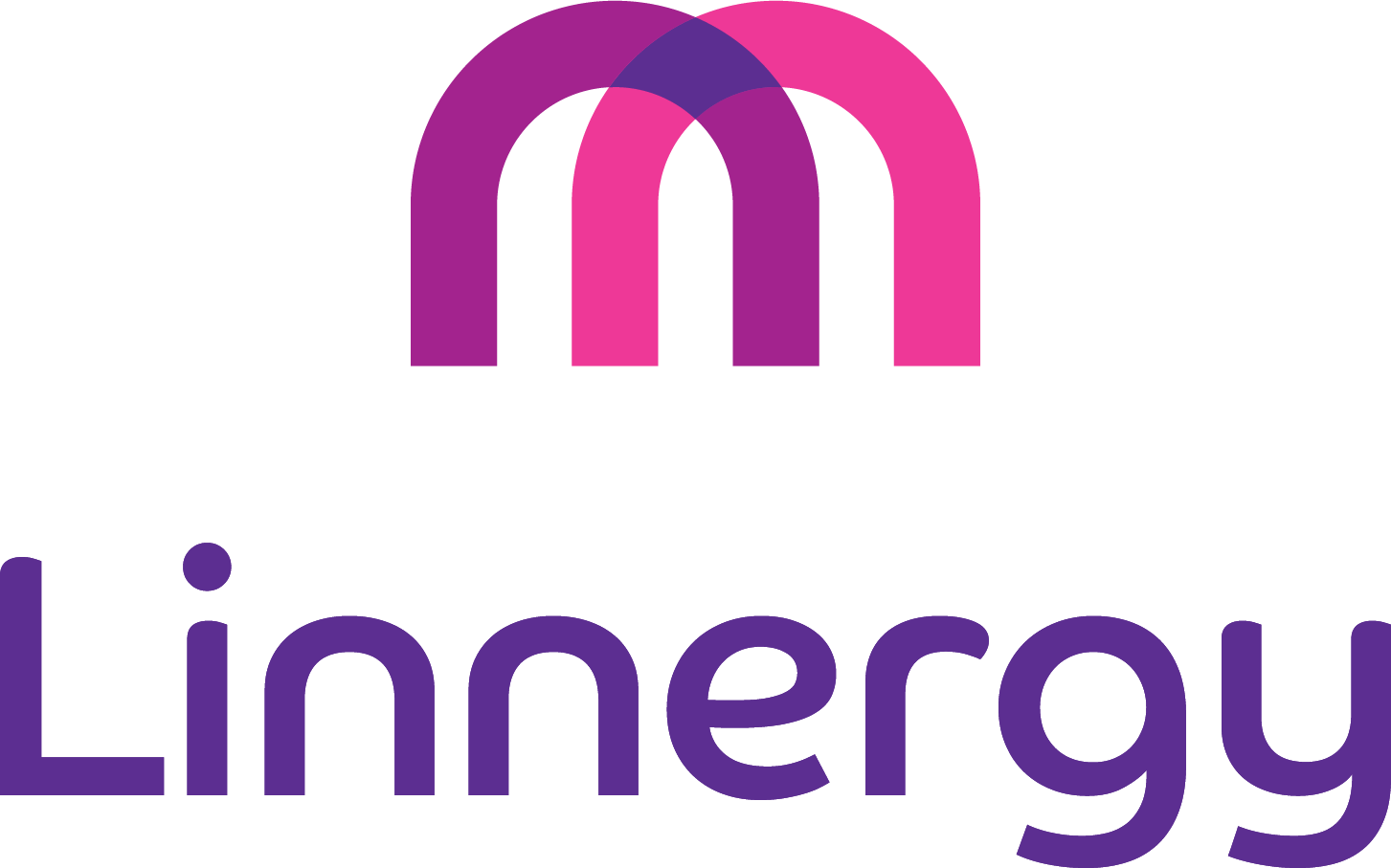Tools to Aid Better Decision-Making
This time of year – the end of one calendar year and the start of a new one – is a natural time for reflection and planning.
And with planning comes decision-making.
There are numerous ‘tools’ that can assist you and your clients make better decisions. They do this by providing structure and greater objectivity to the decision-making process. I have found two, in particular, to be most useful on a day to day basis – mind-mapping and force-field analysis. Both are probably well-known to most. In addition to those two tools I will also ‘introduce’ an additional – less well-known tool – that I have found particularly useful in certain situations: The Cartesian Questions.
Despite many people being familiar with mind-mapping and force-field analysis my experience is that very few use them effectively in problem-solving and decision-making.
The main reason for this is that while many understand the broad principles in using these tools, they often don’t grasp the finer points that determine whether the tool will be effective or not.
The first of these ‘finer points’ that applies to both mind-mapping and Force-field is to make sure you are dealing with the right challenge or problem. So, start by spending some time clarifying the challenge – get it clear in your head. This is a crucial step that is regularly overlooked.
The second point common to both is that they both use the principles of brainstorming – free thinking, quantity not quality, no evaluation, no debate etc. – as core parts of the process. Brainstorming works best when you are in an options/inquiry/curious mind-set rather than a problem-solving or debating mind-set.
Finally, they both depend on 80/20 thinking to prioritise the findings and develop action plans.
There are also some nuances that are specific to each of the tools and these include:
One of the common ‘mistakes’ with mind-mapping (see the below diagram) is that people don’t ask the questions to drill deep enough. I encourage my clients to brainstorm down at least three levels from the central ‘bubble’. Only then do you get into enough detail to develop meaningful action plans.
When using force-field analysis (see the diagram at the top of this article) choose the side you wish to start on (positive or negative, taking guidance from the context and the client’s mindset at the time) and stick to this side. Once you have completed this side move to the other. Don’t flip flop from one side to another.
While there are no hard and fast rules as to when to use what tool, I find the following simple guiding principles to be of use:
If it is a broad problem with many options, use a mind-map.
If it is a more contained problem – ideally two possible outcomes – then use a force-field.
Some examples:
Should I start my own business? (Force-field)
What business should I start? (Mind-map)
How do I start my own business? (Mind-map)
Where do I get the information to decide whether I should start my own business or not? (Mind-map)
The third ‘tool’, I referred to above, is the Cartesian Questions. There are four Cartesian Questions and they enable you to look at a challenge from four different angles. Let’s take a look at these questions using the challenge of: Should I set up my own business?
Q1: What would happen if I did set up my own business?
Q2: What would not happen if I did set up my own business?
Q3: What would happen if I did not set up my own business?
Q4: What would not happen if I did not set up my own business?
These questions are often challenging, and I recommend that you sit with each question and ponder it, before moving onto the next. You may even use a mind-map to explore each question in turn.
The next step is practice. If you don’t have enough challenges in your life, create a few more. You need to get practice to become fluent in using these tools, naturally.
This is a great time of year to be talking to your clients about their plans and what they want from 2020. You don’t need to be ‘selling’ them a strategic planning process you just need to start a conversation about their vision for 2020 and the challenges they will be facing. Start a conversation today.
Warwick Cavell is a thought leader in communicating for results and strategy implementation (Profitable Conversations). For over 25 years, he has helped leaders improve business performance by changing the way people communicate and work to solve problems – both internally and with their clients. He is a highly respected facilitator, coach, speaker, trainer, and author.












